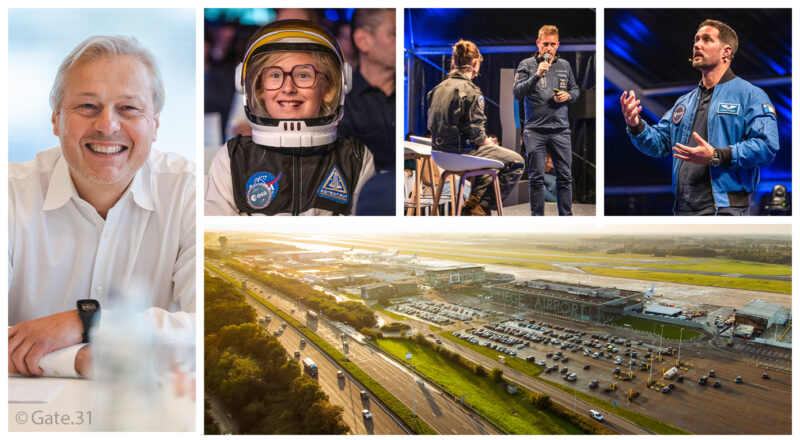On 24 September, Liege Airport hosted the GIWAS conference, organised by the Groupement des Industries Wallonnes Aéronautiques et Spatiales. The event was marked by the presence of French astronaut Thomas Pesquet.
Nearly 1,000 people – mostly children and students – attended an afternoon of talks aimed at inspiring future careers in aeronautics and space.
On this occasion, Gate.31 spoke with Laurent Jossart, CEO of Liege Airport.
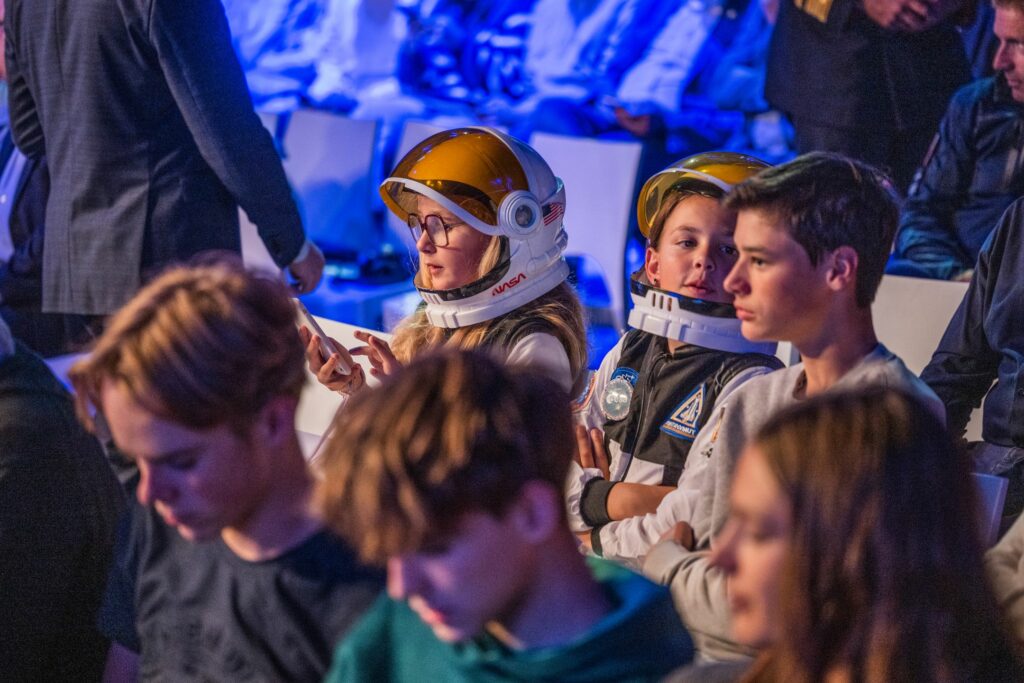
Why did you choose to host the GIWAS conference at Liege Airport?
Because GIWAS kindly asked me to (he smiles). More seriously, Liege Airport will be a member of GIWAS every other year, alternating with Charleroi Airport. Holding an aerospace conference right in the heart of an airport carried strong symbolic meaning. It was also our way of supporting this great initiative.
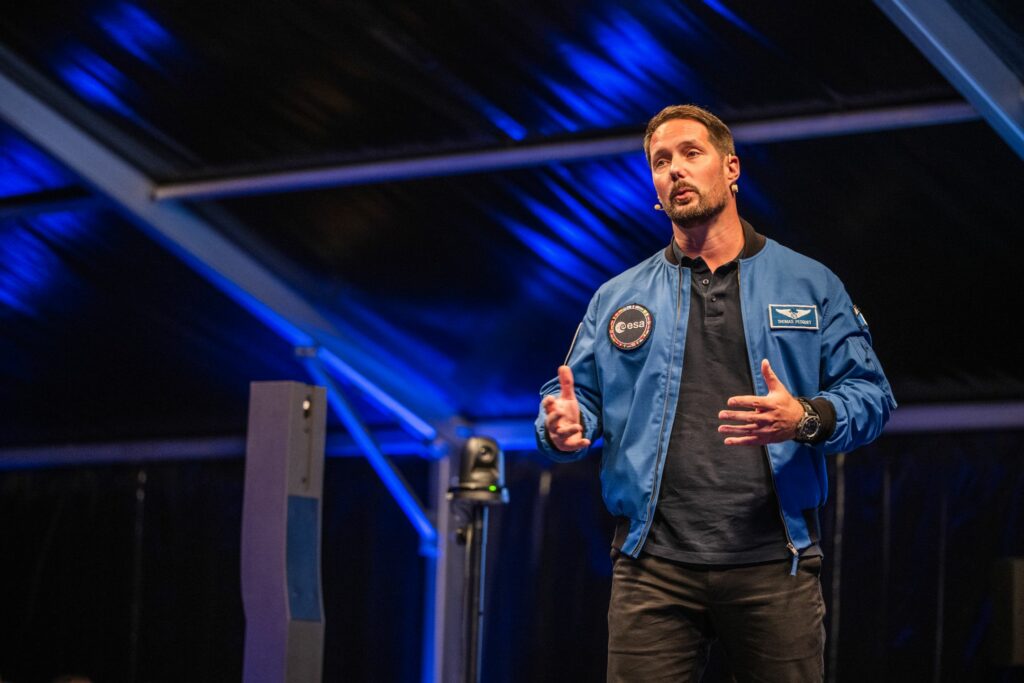
Image ©️Cible
What role does Liege Airport wish to play in the Walloon aerospace ecosystem?
GIWAS primarily brings together stakeholders from the aeronautics and space sectors, along with manufacturers directly involved in these industries. As an airport, Liege Airport is somewhat at the edge of this ecosystem, but it is essential for us to send a clear message to the entire community. We want to be part of the conversation.
When the airport submits permit applications, it often faces resistance or restrictions, whereas manufacturers tend to receive much broader support. We wholeheartedly applaud the ongoing reindustrialisation efforts, but we would like stakeholders to also be aware that aircraft designed, manufactured, or equipped by Belgian manufacturers need to take off and land somewhere…
We therefore call on political and institutional decision-makers for greater consistency: airports are not secondary players, but an essential part of the chain – we are all part of the same ecosystem.
“By hosting the GIWAS event at our site, we wanted to show our solidarity with this initiative and remind everyone that, although Liege Airport’s core business is somewhat different, we are part of the same ecosystem” – Laurent Jossart.
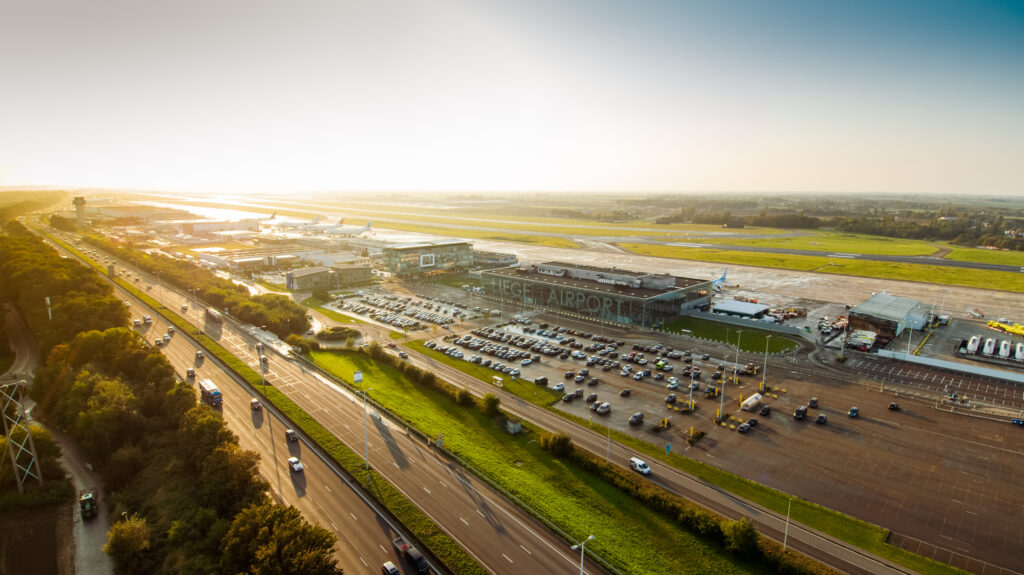
The aerospace sector appears to need new talent to remain a key economic and technological driver in Wallonia. Is this also true for Liege Airport?
Personally, I am convinced that aeronautics and space continue to captivate young people just as much as ever. At Liege Airport, whenever a position opens up, we often receive several hundred applications-clear evidence of the strong interest in the sector. I imagine this dynamic is shared by the other members of GIWAS.
That said, I believe the real challenge lies elsewhere: guiding young people toward STEM subjects (science, technology, engineering, and mathematics). Despite the efforts made, it remains difficult to encourage students to pursue these fields, even though they are crucial to meeting the technical and technological demands of our industry.
In Liège, for example, the arrival of the TUMO training centre-announced in September-perfectly illustrates the ambition to make technology-related courses more appealing. Targeting young people aged 12 to 18, TUMO’s mission is to introduce them to emerging technologies and help them develop strong digital skills. The goal is clear: to train today’s talent in tomorrow’s technologies, to meet the growing demand from companies for technical profiles. Here too, the aim is to inspire vocations for more technical professions, and Liege Airport is proud to be one of the financial sponsors of the project!
“It’s not that there’s a lack of interest in aeronautics or space, but rather a lack of appeal for STEM fields” – Laurent Jossart.
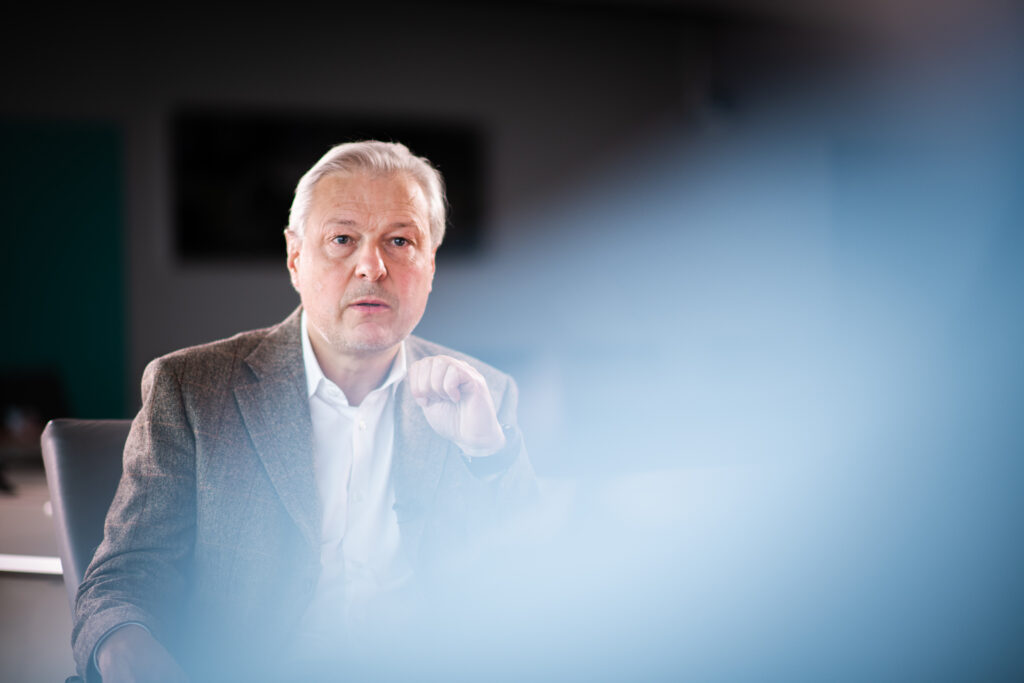
Image ©️pixelprod
Decarbonising aviation
Airports are making continuous efforts in the field of decarbonisation, even though it is well understood that aircraft manufacturers, equipment suppliers, alternative fuel producers, air traffic managers, and airlines all play a major role. Still, every stakeholder must contribute.
Liege Airport has reached Level 4 out of 5 in ACI Europe’s Airport Carbon Accreditation programme – an achievement that places it among the top 20% of airports worldwide in terms of environmental commitment.
“This level implies an explicit alignment of carbon emission reduction targets with global climate ambitions, particularly those defined in the Paris Agreement” – Laurent Jossart.
To achieve this, Liege Airport has expanded the scope of its carbon inventory to include more indirect emissions (scope 3), such as those linked to ground operations, on-site mobility, and third-party energy consumption.
A Carbon Management Plan has been implemented, targeting the reduction of both direct and indirect emissions (Scopes 1 and 2).
In parallel, a Stakeholder Engagement Plan has been developed in collaboration with the site’s main partners. This plan includes initiatives such as vehicle electrification, improvements in building energy efficiency, and the promotion of more sustainable modes of transport.
Decarbonisation is a relatively long-term process, and we are moving forward at a measured pace, largely due to the high cost of replacing existing equipment. For example, we recently invested in a fuel dispenser that transfers fuel from underground pipelines to the aircraft wing—and chose to purchase an electric model, despite its cost being twice that of a conventional one.
So yes, we must lead by example – but we must also do so at a reasonable and financially sustainable pace.
“Decarbonisation is a relatively long process that we are undertaking at a measured pace due to the high cost of replacing equipment” – Laurent Jossart.
To conclude, I’d like to highlight a new initiative at Liege Airport in our decarbonisation journey: we have recently recruited a full-time Energy Manager. This engineer is responsible for guiding our decarbonisation strategy and implementing concrete, impactful solutions.
As you can see, our airport is evolving and bringing in new talent to meet the environmental challenges of tomorrow!
A big thank you to Liege Airport for inviting Gate.31 to take part in the GIWAS afternoon conferences.

